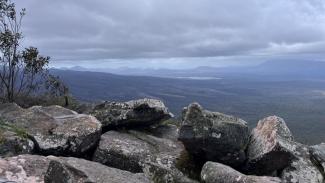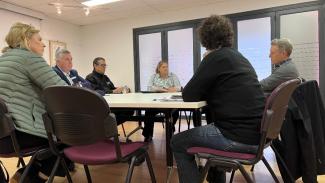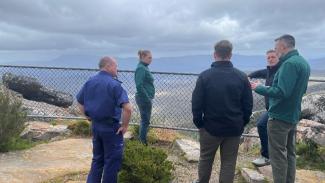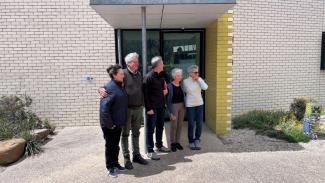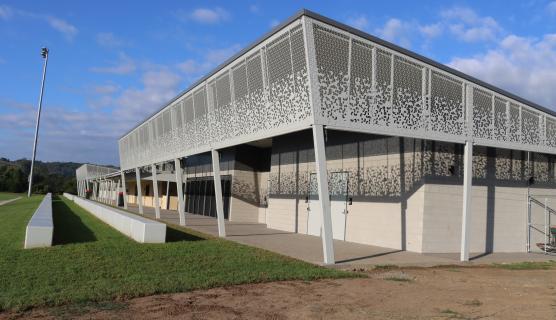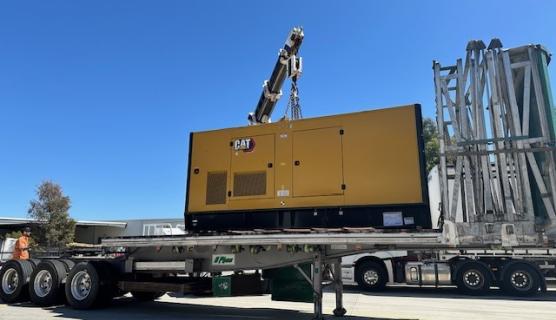NEMA’s Coordination and Planning Officers (CPOs) are strategically located throughout Australia, offering valuable local knowledge and expertise. Their insights contribute significantly to building community resilience, supporting effective disaster response and recovery, and facilitating engagements within their respective regions.
Our CPOs work year-round to establish and maintain relationships with a range of government and non-government stakeholders. They are the personification of NEMA’s purpose on the ground—leveraging Australian Government programs and capabilities to support communities before, during and after crises.
